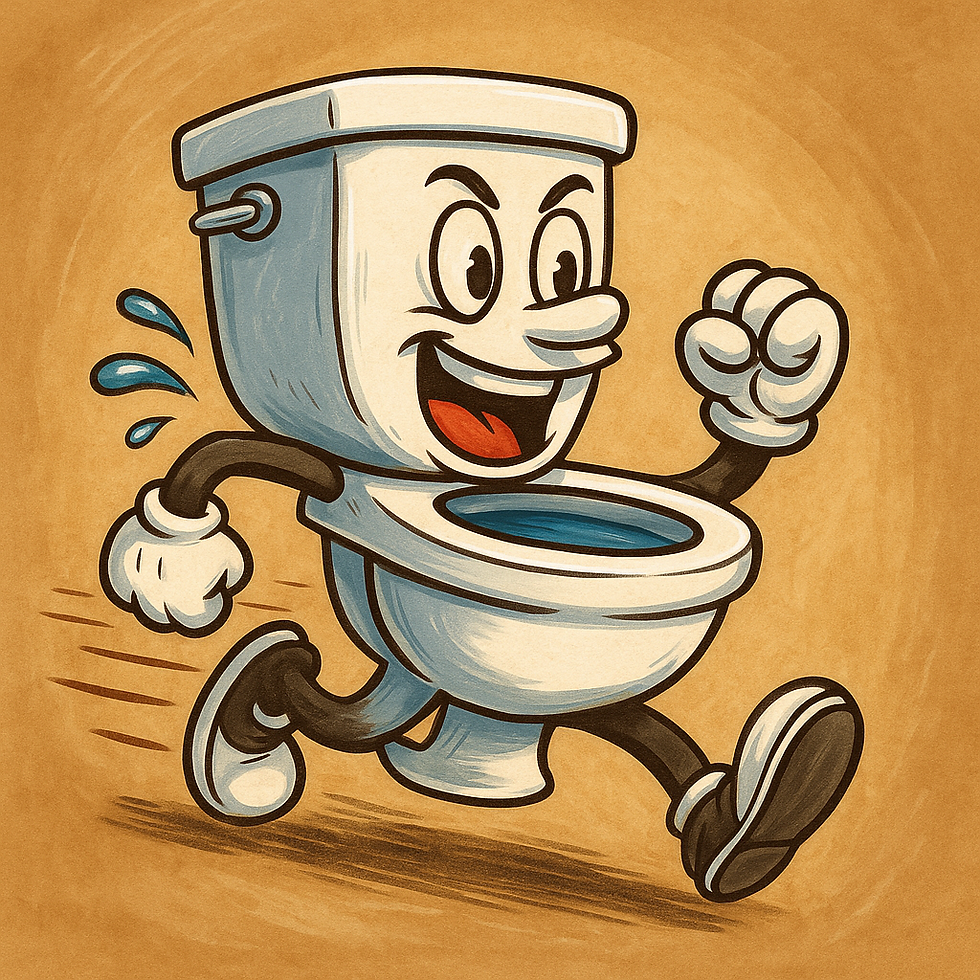10 Warning Signs of Mold Toxicity
- Craftsman Network

- Aug 4, 2023
- 2 min read

Mold toxicity, also known as mold illness, can significantly impact your health if left unaddressed. Understanding the warning signs of mold toxicity is crucial for timely intervention. This blog will delve into the 10 warning signs of mold toxicity and provide insights into recognizing these symptoms. Empower yourself with the knowledge to safeguard your well-being and take the necessary steps to address mold-related concerns.
10 Warning Signs of Mold Toxicity
1. Respiratory Issues
Mold spores can trigger respiratory problems, leading to coughing, wheezing, shortness of breath, and even exacerbating asthma in individuals with pre-existing conditions.
2. Fatigue and Weakness
Mold toxicity may manifest as persistent fatigue and weakness, leaving you drained despite sufficient rest.
3. Headaches and Brain Fog
Frequent headaches and brain fog, characterized by difficulty concentrating and memory issues, are common signs of mold exposure.
4. Allergic Reactions
Mold can elicit allergic responses, leading to a runny nose, sneezing, itchy eyes, or skin rashes in sensitive individuals.
5. Sinus Problems
Recurring sinus infections, persistent congestion, or a stuffy nose can indicate potential mold toxicity.
6. Digestive Issues
Mold toxicity might be linked to gastrointestinal problems, including nausea, diarrhea, or abdominal pain.
7. Joint and Muscle Pain
Unexplained muscle aches, joint pain, or stiffness, often resembling fibromyalgia-like symptoms, might be related to mold exposure.
8. Sensitivity to Light and Sound
Individuals exposed to mold may experience heightened sensitivity to bright lights and loud noises.
9. Mood Swings and Depression
Mold toxicity has been associated with mood swings, anxiety, irritability, and feelings of depression.
10. Increased Sensitivity to Odors
A heightened sensitivity to strong odors, such as perfumes and cleaning products, can indicate mold-related health concerns.
Recognizing these warning signs is crucial to take timely action and mitigate potential health risks. If you suspect mold toxicity, consider seeking professional advice and inspecting your living or working spaces for mold growth.
How to Address Mold Exposure
Identify and Eliminate the Source
Conduct a thorough inspection to detect the source of mold growth. Address any water leaks, dampness, or areas with poor ventilation.
Professional Mold Remediation
Engage certified mold remediation experts to safely remove and remediate mold-infested areas, ensuring proper containment and disposal.
Improve Indoor Air Quality
Invest in air purifiers and dehumidifiers to enhance indoor air quality and reduce the amount of mold spores.
Personal Protective Measures
If handling mold yourself, use appropriate protective gear, such as gloves, goggles, and a quality respirator mask.
Seek Medical Advice
If you experience persistent symptoms, consult a healthcare professional with experience in mold-related illnesses.
Awareness of the 10 warning signs of mold toxicity is essential for safeguarding your health and well-being. Identifying these symptoms and taking prompt action can prevent potential health complications associated with mold exposure. Remember to seek professional help for mold inspection and remediation, ensuring a safe and healthy living environment. Take control of your health and address mold-related concerns to enjoy a healthier and happier life.

















Comments